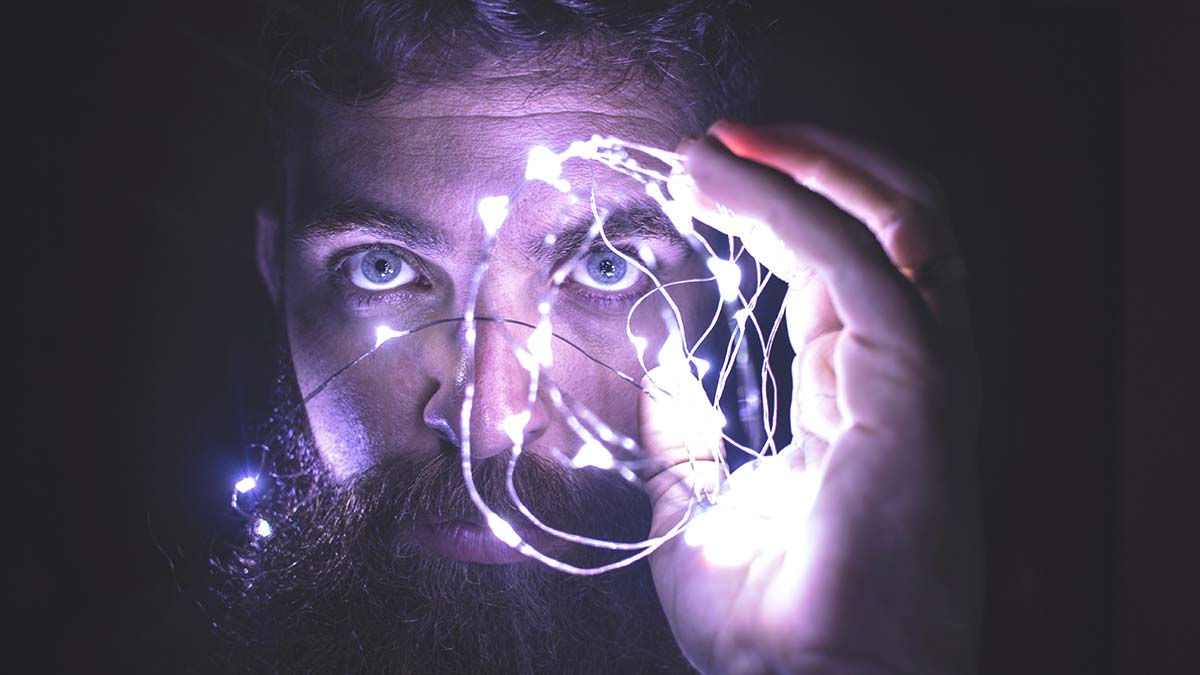
The Brain Protein That Makes You Party Harder
A recent study has come out, that may prove why some people have a tendency to pull all nighters while some are ready to go home after a few drinks. The study proved that brain protein is directly linked to binge drinking behavior.
The study, done by scientists at The Scripps Research Institute, has discovered that a brain protein plays a key role in controlling binge drinking in animal models. They found that deleting the gene for this protein in mice caused their alcohol consumption to increase and also prevented the brain from signaling the normal “feel good reward” properties of alcohol.
“Alcohol hits a lot of different targets in our brain, which makes disentangling the in vivo effects of alcohol quite complicated,” said TSRI biologist Candice Contet, senior author of the study. “Our study sheds light on the molecular mechanisms implicated in binge drinking.”
According to the CDC binge drinking is defined as drinking to the point of intoxication. And this kind of drinking puts people at a serious risk for health problems, such as cardiovascular disease, liver disease, and neurological damage.
Investigating the Role of Protein GIRK3
The protein that the study says has an effect on whether we binge drink or not is called G protein gated inward rectifying potassium channel or for short, GIRK. And this protein is in the protein family that has to do with behavioral and cellular responses to alcohol.
The researchers first found that the when they deleted GIRK3 from the rat’s brains it did not impact alcohol metabolism and did not affect how sensitive they were to alcohol intoxication. Mice lacking GIRK3 and their normal counterparts got rid of alcohol from their blood at the same rate, and experienced a similar loss of balance, sleepiness and reduced body temperature in response to alcohol.
So what’s the difference right?
Well, in agreement with results from a previous study, the researchers found that the mice without GIRK3 who also experienced alcohol withdrawal failed to display the typical handling-induced convulsions caused by neuronal hyper excitability. Basically they couldn’t deal with the alcohol withdrawal as well.
Also, the mice without GIRK3 showed differences in the amount of alcohol they drank. Using a test that mirrors human behavior during a happy hour at a bar, the mice were given access to ethanol for only two hours a day, at a time when they were most likely to drink to the point of being durnk. The researchers found that the mice without GIRK3 consumed way more alcohol than the control group. This didn’t happen when the mice were given alcohol all day, but only when they were given access to alcohol for a few hours at peak drinking times. Which led the scientists to the result of GIRK3 not playing a role in drinking as a whole but in binge drinking specifically.
This led Contet and her colleagues to consider two possibilities. “Mice lacking GIRK3 could be drinking more because they feel more pleasure from alcohol and are therefore more motivated to drink — or they could be drinking more because they feel less pleasure and therefore need to drink more to reach the same level of pleasure as normal mice,” said Contet.
The Real Impact of GIRK3
In both experiments, the activity in the brain was not affected by GIRK3 deletion. However, a striking difference between normal and mice without GIRK3 emerged in the presence of alcohol, as the researchers found that the brain became completely insensitive to alcohol’s activating effect without GIRK3.
“The dramatic effect of GIRK3 deletion on the ability of alcohol to excite neurons was surprising,” said Melissa Herman, a research associate in the laboratory of TSRI Professor Marisa Roberto and first author of the study. “Even when applied at a very high concentration, alcohol was unable to alter the firing of neurons missing GIRK3.”
Alcohol was also unable to trigger the release of dopamine in the ventral striatum of mice without this GIRK3 protein. Contet believes that, taken together, the results suggest that mice without GIRK3 drink more alcohol to boost the alcohol’s rewarding effects.
Interestingly, the researchers were able to alter binge drinking in the opposite direction by injecting a GIRK3-expressing virus in the brain. Reintroducing GIRK3 in the brain of mice without it brought their alcohol consumption down to normal levels, and normal mice expressing more GIRK3 in the brain drank even less.
It is interesting but this is done on mice. We all know that people who drink heavily, are well, people. There are a lot of other factors that play into stuff like this when you add in the human element of all this. Either way this study shows how much progress we are making in trying to understand drinking behaviors, alcoholism and addiction. Where this goes in helping actual humans in the future, we may never know.






